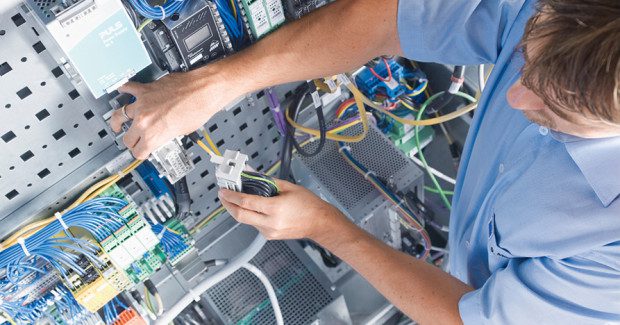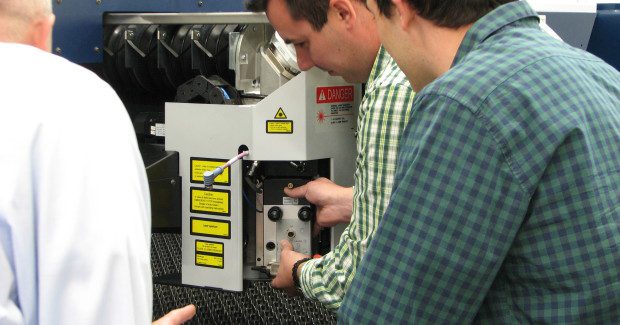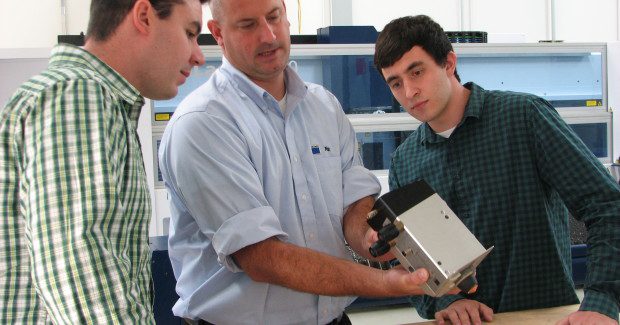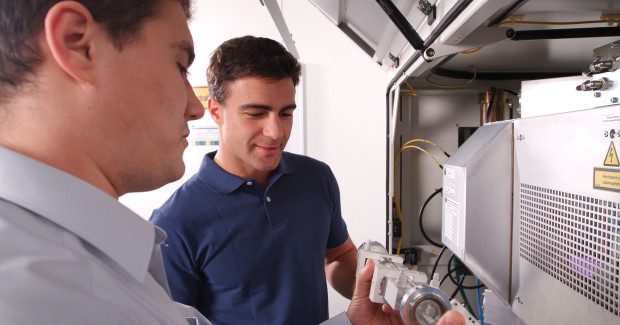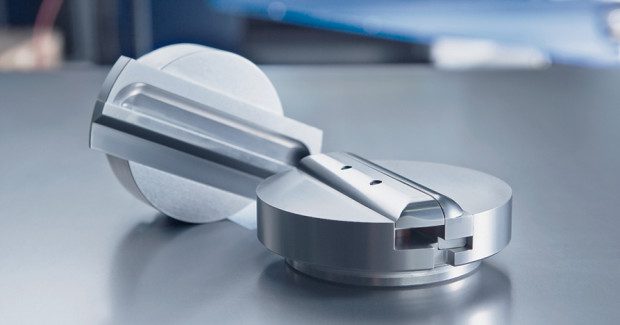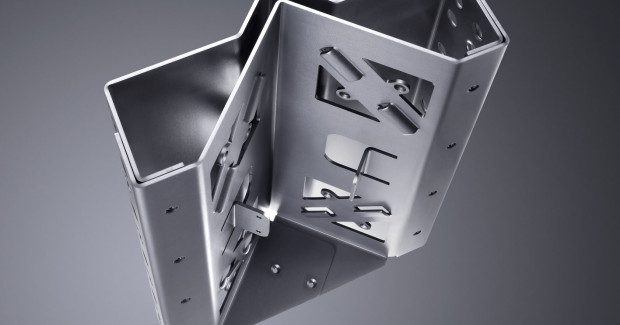Making the Most of Your Investment for the Long Term
The investment in your new machine doesn’t stop with its installation. The better we treat the machine, the better the machine will treat us, hopefully for decades to come. Here are some considerations that can help prevent downtime and extend the life of your fabricating equipment.
Posted: January 6, 2016
Think back to the last time you were involved in the purchase of new capital equipment. Maybe your sheet metal fabrication shop wanted to increase yield with new machinery or maybe it was just time to upgrade. While researching the latest technologies you gathered machine data, time trials, and production costs to make an informed decision on which technology would best fulfill your needs and requirements. You invested time and energy to make sure you got everything right and when the new machines arrived, you watched intently as the first parts were produced. With the new machine up and running, the real work began as you focused on the return on investment.
To maximize ROI, you must keep this investment operating at its maximum potential. Devise a plan to protect the investment and you will better guarantee continuous production and steady profitability for years to come. But where do you start?
First, consider the various issues within a sheet metal fabrication shop that result in lost time and money. The biggest culprits are often unplanned. Programming or operating mistakes can often lead to scrapped parts, unplanned downtime due to aging machinery, and crashes that destroy parts and cause damage to crucial components of the machine which can be devastating to a production timeline. It is simple: lost productivity results in lost revenue. Once identified, it is easier to combat and prevent potential issues. From programming software to tooling options and training for personnel, machine tool providers offer “extras” to help protect your initial investment. In addition, simple preventative care measures can extend the life of your machine. Here we consider solutions to prevent the downtime and extend the life of your fabricating equipment.
Training: Proper training is of the utmost importance and one of the most important considerations in protecting new machinery. Whether a shop invests $100,000 or $1 million on new equipment, it makes financial sense to also invest in training every employee who impacts its performance. Programmers should learn the ins and outs of the programming software to take full advantage of its offerings. Operators should not only learn the new controls but also fundamentals, such as tooling requirements. Their training should also include an overview of the machine’s limits, which will prevent costly mistakes that occur when an operator overextends the machine’s capacity. These skills are not learned by reading a manual, but rather by professional instruction. And with this knowledge, fabricators can easily prevent downtime and leverage the machines for full profitability.
Proper training also extends beyond programmers and machine operators. Although many fabrication shops overlook this training, every minute a machine is down, the shop loses money. Maintenance technicians who fully understand the machine and how its different systems function together can often diagnose problems and fix common issues. An in-house technician is immediately available to solve these issues in a fraction of the time it would take the manufacturer’s service engineer to arrive. In some circumstances, this is a customer-saving scenario and unquestionably worth the training. Even if your shop never encounters such a drastic situation, a fully trained maintenance technician will perform a higher function for your organization. They are well-positioned to solve problems over the phone, order and replace parts that keep the investment operating at its prime, and offer a comprehensive view of your process. So, while the cost of training may be daunting at first, the true value can be priceless.
Operational extras: Most established machine tool manufacturers offer a wide array of “extras” designed to enhance or support fabrication that include everything from programming software and tooling kits to maintenance contracts. The cost of extras can add up quickly and can seem expensive – especially when such a significant investment has been made on the machine tool itself –but it is important to consider your options with an open mind.
Fabricators always look to produce parts as efficiently and with the highest quality possible, and these operational extras are designed to ensure that the entire process works at its peak efficiency. When deciding which machine to buy, you most likely saw your parts produced by each machine. During this demonstration, the machine tool manufacturer likely used its own certified tooling or optimized programming software for peak performance. Although the vendors might offer a quality product at an attractive price, their products are not fully optimized for your new machine. Third party software developers lack access to the vital data needed to produce code for all of the options, automation and functions of your specific machine. Punching or press brake tooling suppliers are at the same disadvantage. Carefully consider the costs-savings alongside any diminished returns in productivity or performance.
Scheduled care: There are also more simplistic ways to combat downtime. For example, scheduling time daily or weekly to clean the machine or allowing time for operators to perform routine maintenance can positively influence the machine’s productivity and preserve its resale value. It also gives you a chance to inspect the machine more closely for anything that might be amiss. Maintenance checks should always be well documented and saved for future reference. Although the machine may need to be inactive for this care to occur, routine maintenance during scheduled downtimes is far less disruptive to production than unplanned or emergency attention to the machine.
There are many preventative methods to keep your machine running at its best. Training employees, staying diligent with the required maintenance, and scheduling simple care and cleaning will preserve your initial investment. It might also be wise to consider service contracts offered by the machine tool manufacturer, which often include scheduled visits from the supplier’s service technicians that will help extend the lifetime and performance of the machine. Regardless of the fabrication technology you choose, be sure to take care of your investment. It not only impacts the current status of the shop, but also its future. Remember the investment doesn’t stop with installation, the better we treat the machine, the better the machine will treat us, hopefully for decades to come.





